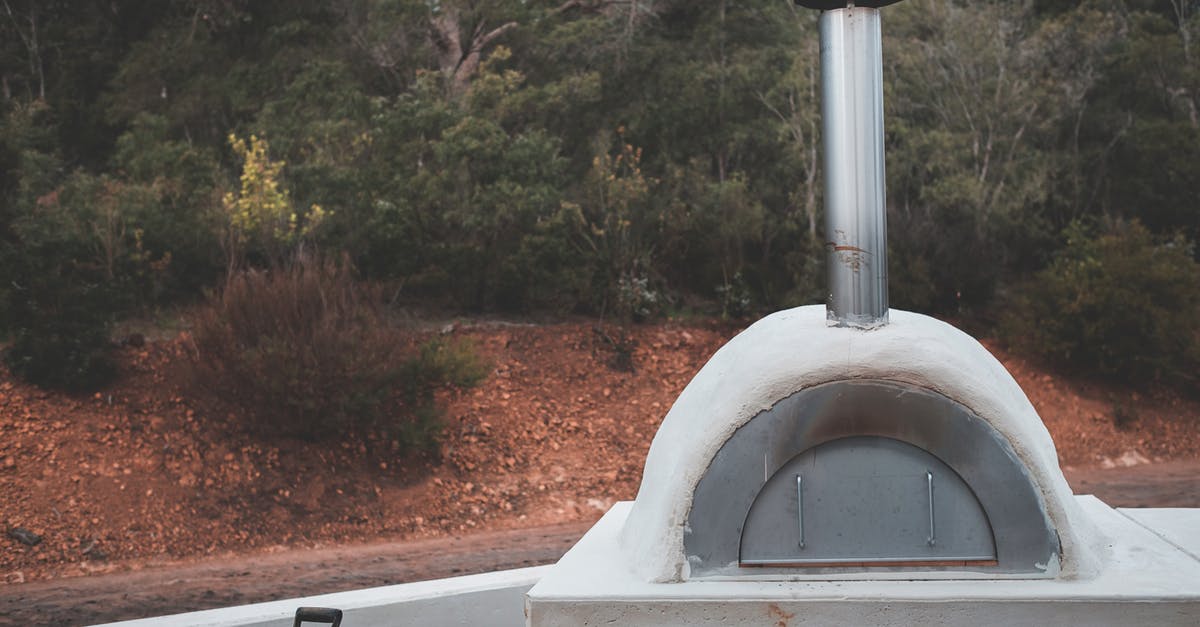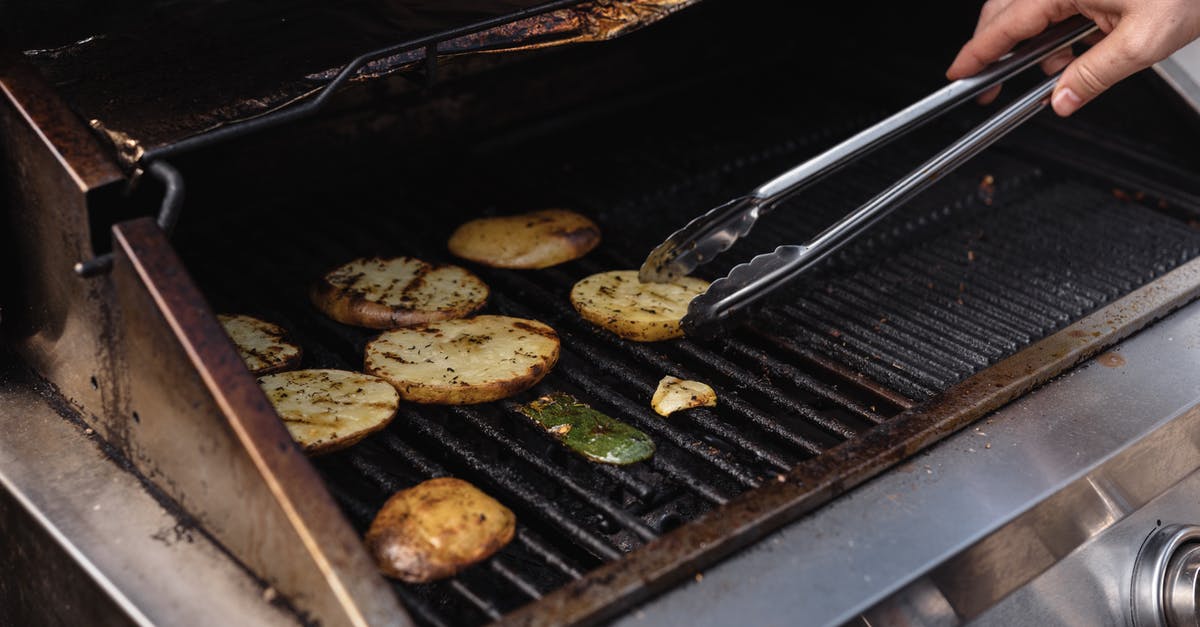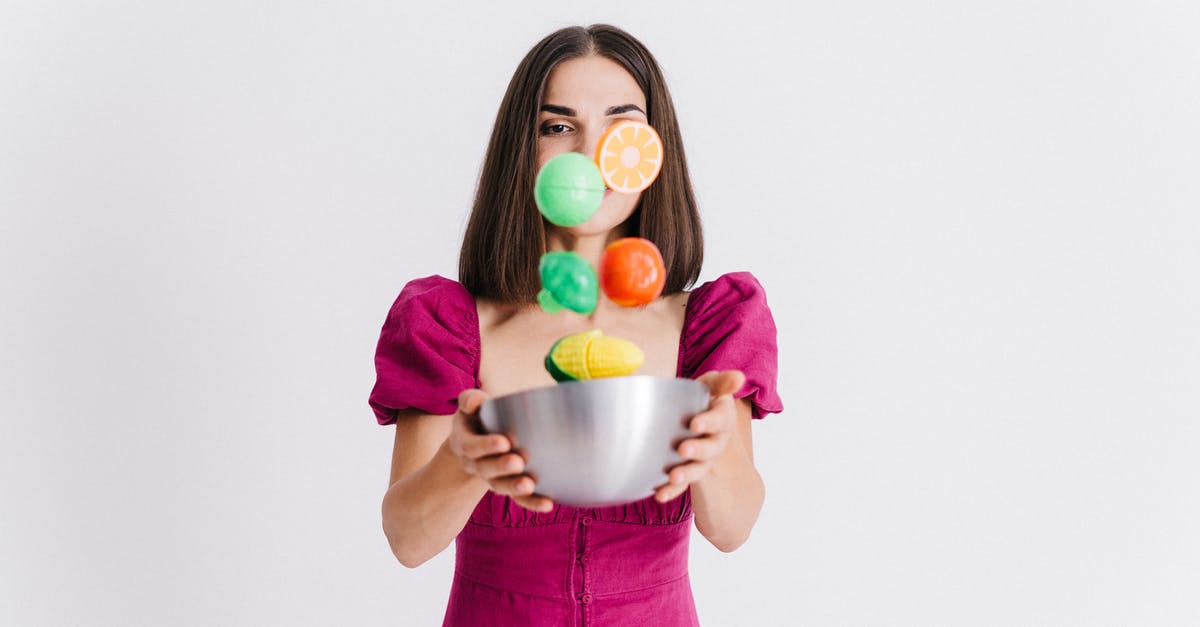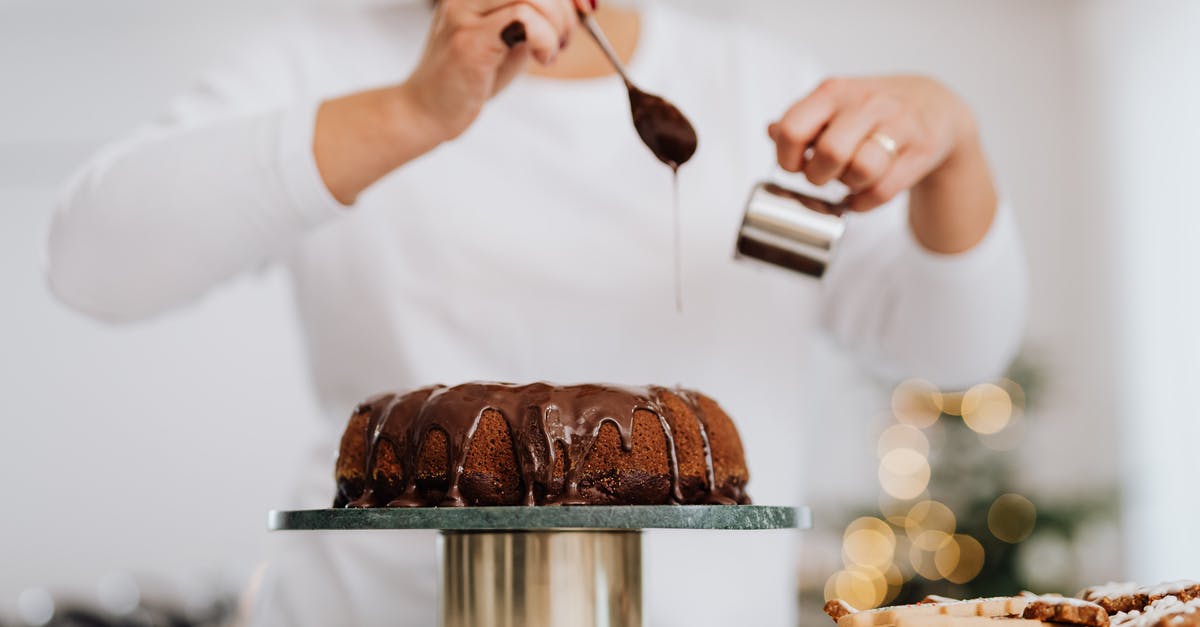Cooking temperature chart

After getting a new stove with a much better heat control I am trying to learn more about using the right temperature for the right task.
I assume that things like rice, bacon, chicken breast, stirfry, fish... each have an ideal cooking temperature, not to mention even more than one setting while being prepared.
Does anyone knows any good website with broad advice or just a temperature table for common cooking tasks / food?
UPDATE:
Looking at the comments I would like to make clear that I am more interested in cooking temperatures in a pan, not an oven. Also got an external thermometer and my stove has 17 heat positions. Having such a wide range and also being able to immediately change the temperature (induction), I realized that now I can play better with temperatures changes during cooking, something that was not possible before with stoves retaining heat.
Best Answer
If you are asking about the ideal oven setting for a given food, well, there isn't one, and so there will be no chart of such settings. Then you have to consider that there are a myriad of techniques and recipes, which may indicate different oven temperatures for the same food.
Almost every food can be cooked in a variety of ways, at a variety of temperatures. Often, even a single food can be cooked at a fairly wide variety of temperatures for similar results, if you adjust the time to match.
Even something as simple a chicken thigh can be braised in the oven at low temperatures (250 F), or high temperature roasted at 500 F, depending on what the cook is doing.
If you are asking about the internal temperature to target:
The fundamental assumption that items have an ideal temperature is not really true when you start to look at different foods in detail:
- Even a simple food like a particular cut of beef cooked as a roast has a range of temperatures based on the taste of the diners
- Some foods need to not only be cooked at least to a particular temperature, but also need to hold that temperature for long enough for the desired changes in the food to take place
- Some foods are delicious at a wide range of donenesses in different dishes or contexts, or even in the same dish or even the same piece of food (for example, a stir fried pepper may be nearly charred on the outside, and only lightly cooked on the inside). There is no single temperature.
For these reasons, a single master reference of target cooking temperatures is not going to be terribly useful, even if one exists.
There are some temperatures that are good to know (or at least have available as a reference) as a cook, since they apply to a large number of situations frequently encountered in cooking:
- Butter is pliable for laminated pastry, or creaming method in baking. 68 F / 20 C.
- Most starches will thicken at 180 F / 82 C.
- Most custards will similarly thicken around 180 F / 82 C.
- For meats (with credit for this data to Meathead):
- 120 F / 49 C. Myosin starts to denature; red meats start to turn from "purple" to red
- 130 - 134 F / 54 - 57 C. Most red meats are now medium rare
- 140 F / 60 C. Collagen starts to contract and toughen
- 150 F / 65 C. Actin starts to coagulate and toughen the meat
- 155 F / 68 C. Meats are essentially well done
- 160 F / 61 C. Collagen starts converting into gelatin at reasonable rates, more rapidly at higher temperatures
- Simmering or braising temperatures. 180- 2 99 F / 82 - 93 C.
- Water boils (at sea level). 212 F / 100 C.
- Temperature achieved in a 15 lb pressure cooker at sea level. 250 F / 121 C.
- Sugar work (data from Baking 911):
- 215 - 234 F / 101 - 112 C. Thread stage.
- 234 - 240 F /112 - 115 C. Soft ball stage.
- 242 - 248 F / 116 - 120 C. Firm ball stage.
- 250 - 268 F / 121 - 131 C. Hard ball stage.
- 270 - 290 F / 132 - 143 C. Soft crack stage.
- 300 - 310 F / 148 - 154 C. Hard crack stage.
- 320 F / 160 C. Caramelization begins.
Pictures about "Cooking temperature chart"



What are the proper cooking temperatures?
Note: There are three important temperatures to remember when cooking meat or eggs at home: Eggs and all ground meats must be cooked to 160\xb0F; poultry and fowl to 165\xb0F; and fresh meat steaks, chops and roasts to 145\xb0F. Use a thermometer to check temperatures.What is cooking temperature in Celsius?
Internal Temperature Reference Chart for Meats & PoultryMEATFAHRENHEITCELSIUSRare135\xb0F60\xb0CMedium-rare140\xb0F to 150\xb0F60\xb0C to 65\xb0CMedium160\xb0F70\xb0CWell done165\xb0F and above75\xb0C and above14 more rowsWhat foods are cooked at 160 degrees?
Safe Minimum Internal TemperaturesFoodTypeInternal Temperature (\xb0F)Ground meat and meat mixturesBeef, pork, veal, lamb160Turkey, chicken165Fresh beef, veal, lambSteaks, roasts, chops Rest time: 3 minutes145PoultryAll Poultry (breasts, whole bird, legs, thighs, wings, ground poultry, giblets, and stuffing)1658 more rows•Mar 11, 2022Can you cook food at 180 degrees?
180\xb0C is about the temperature where carbonization begins, and the formation of flavorful 'fond' (caramelization) occurs. Below that temperature you are baking, and above that roasting.Cooking 101: Proper cooking Temperatures to Ensure Safe Food - White Apron Catering, Lake Worth, Fl
Sources: Stack Exchange - This article follows the attribution requirements of Stack Exchange and is licensed under CC BY-SA 3.0.
Images: Lachlan Ross, Olga Lioncat, Denys Mikhalevych, Karolina Grabowska
